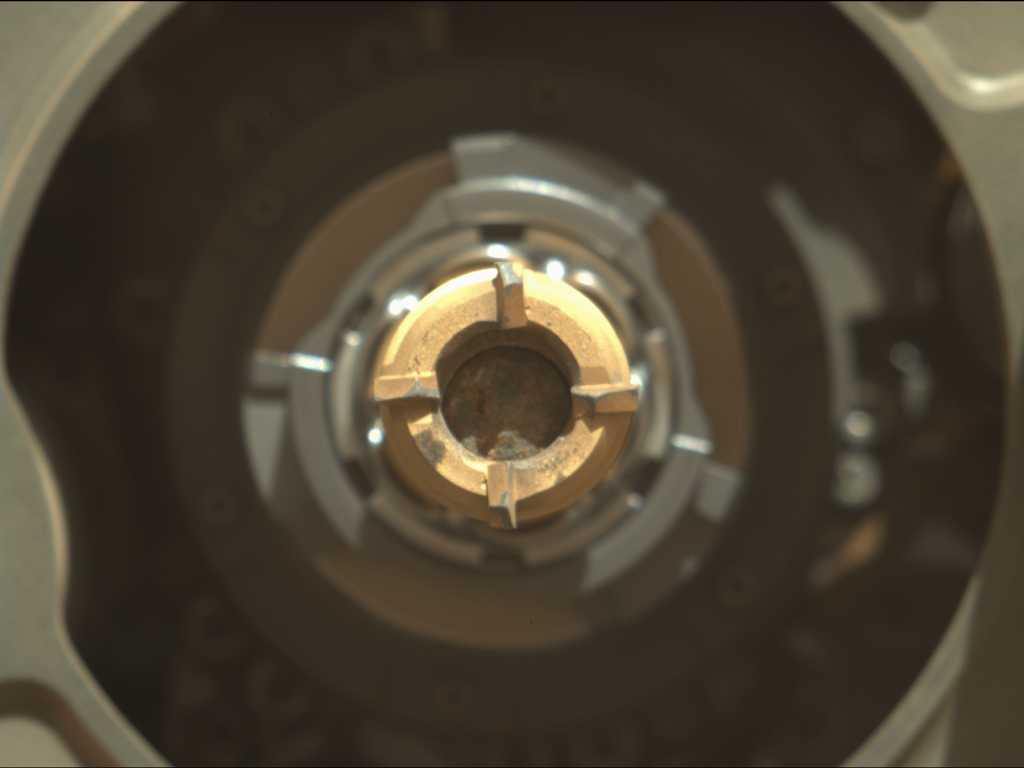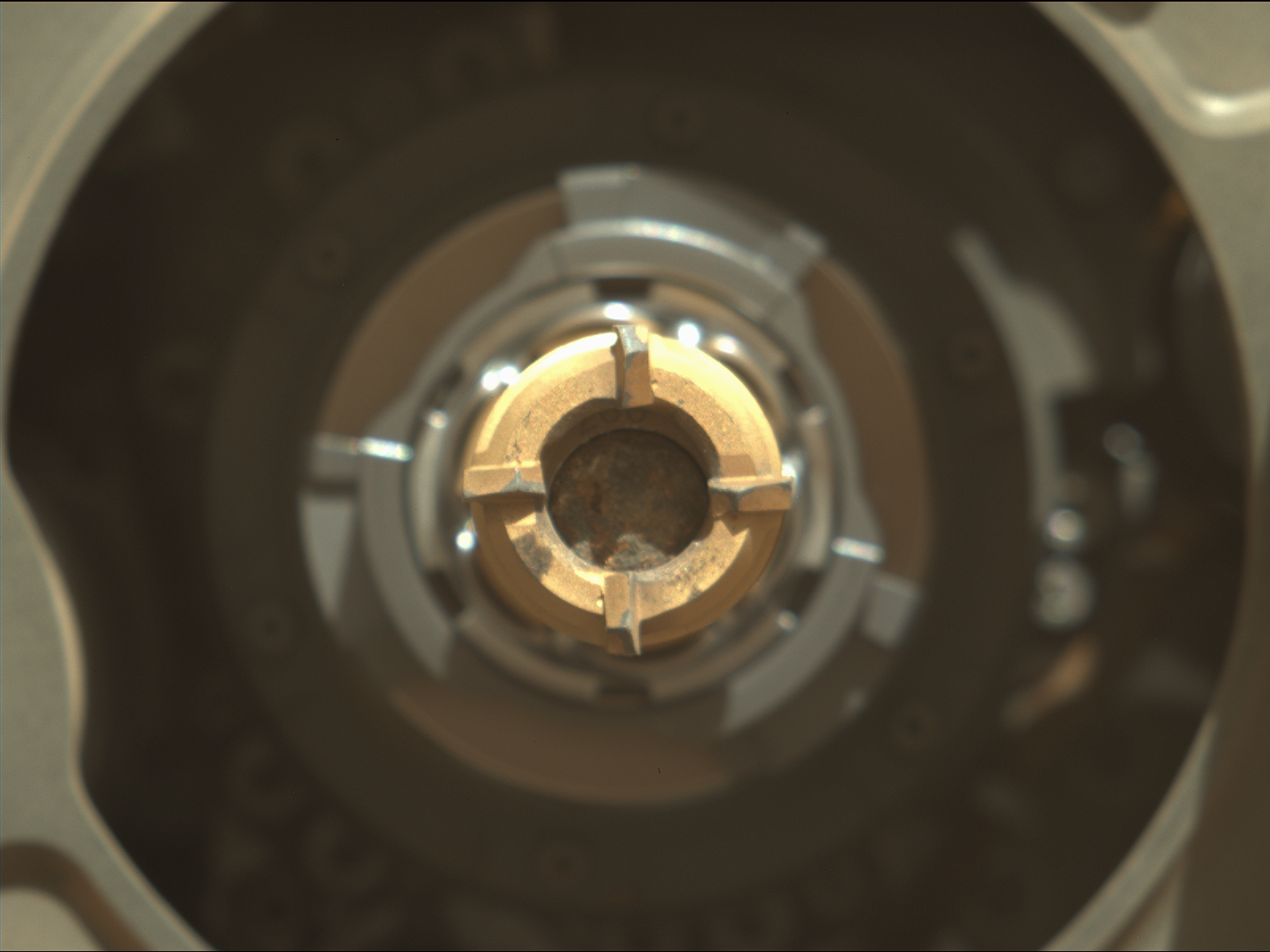
NASA/JPL-Caltech/ASU
- NASA's Perseverance rover has collected its first sample of Mars rock in its search for ancient alien microbes.
- NASA plans to bring Perseverance's samples to Earth via a "mind-bendingly complicated" mission.
- But NASA still needs about a decade, $4 billion, and new technology to bring the Mars rocks to Earth.
- See more stories on Insider's business page.
The finger-width chunk of rock NASA's Perseverance rover drilled last week is the fruit of a $2.4 billion labor.
The rock is a sample core from a boulder on Mars – the first of many that NASA hopes Perseverance will gather and store in pursuit of a fundamental question: Did Mars ever host microbial life?
The rover's current location, a 28-mile-wide basin called Jezero Crater, is the ideal place to hunt for an answer. More than 3.5 billion years ago, a river spilled over the edge of the crater and filled it with water. That river very likely carried clay and minerals into the lake, which then fell to the bottom – possibly trapping microbes and enshrining them as fossils in sedimentary stone.
The engineers and scientists who designed and built Perseverance waited nearly 10 years for the rover to reach Jezero Crater and collect its first sample. But they'll have to wait at least another decade to get their hands on that rock.
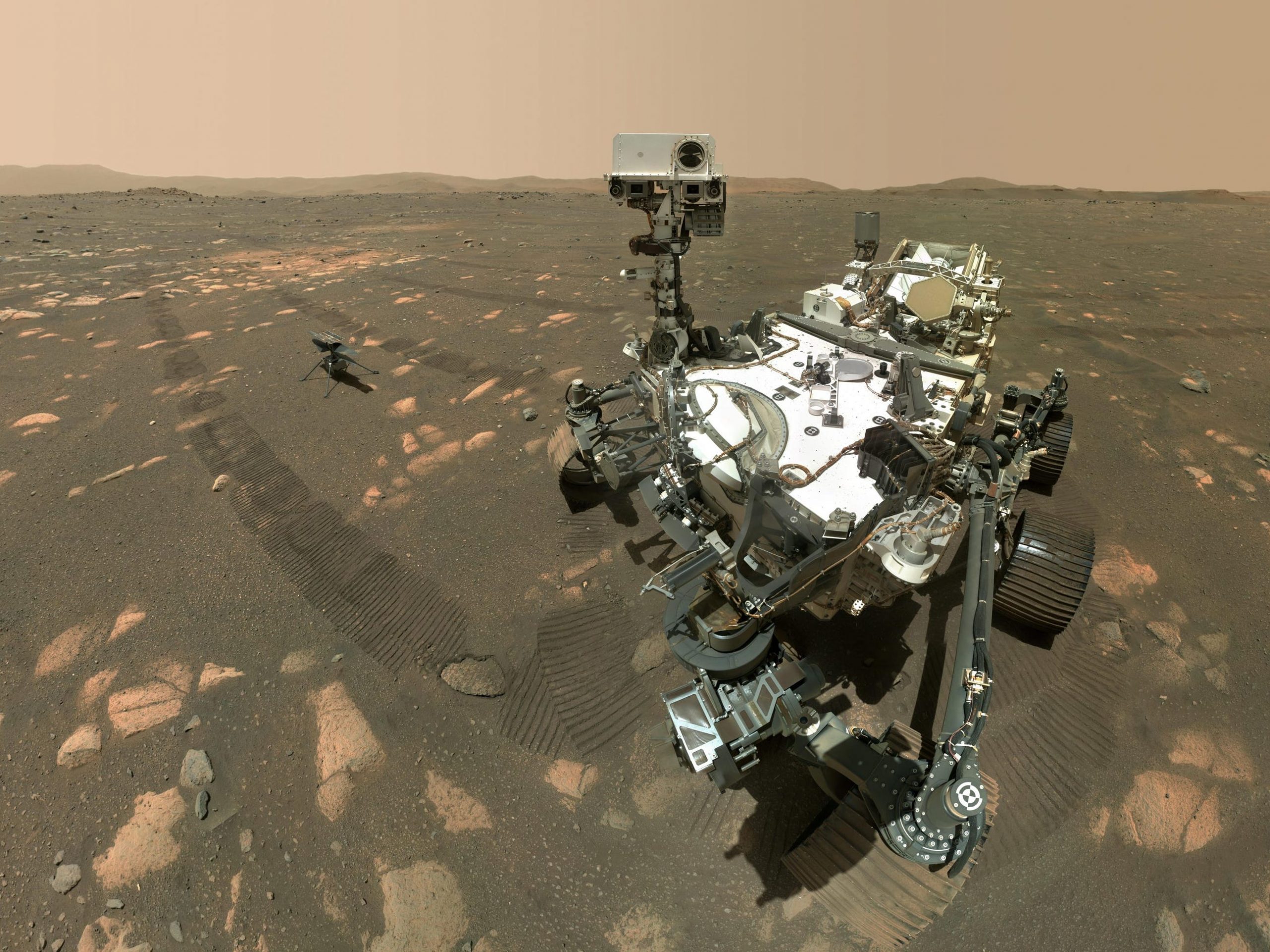
NASA/JPL-Caltech/MSSS
That's because NASA has to send a follow-up mission to Mars to retrieve Perseverance's samples and bring them to Earth. The agency hasn't yet secured the budget for that project, which could cost $4 billion, nor has it developed the necessary technology.
"Collecting those samples is a first step of one of the most difficult missions ever undertaken," Thomas Zurbuchen, NASA's associate administrator, said in a February briefing, before Perseverance landed on Mars.
Although this "Mars Sample Return" mission is still in the proposal phase, NASA estimates it could launch as early as 2026. On that timeline, Perseverance's samples would land on Earth in 2031.
In the meantime, the agency's most advanced rover yet will keep roaming Jezero Crater, collecting samples that don't yet have a way off the red planet.
NASA's plan is 'mind-bendingly complicated'
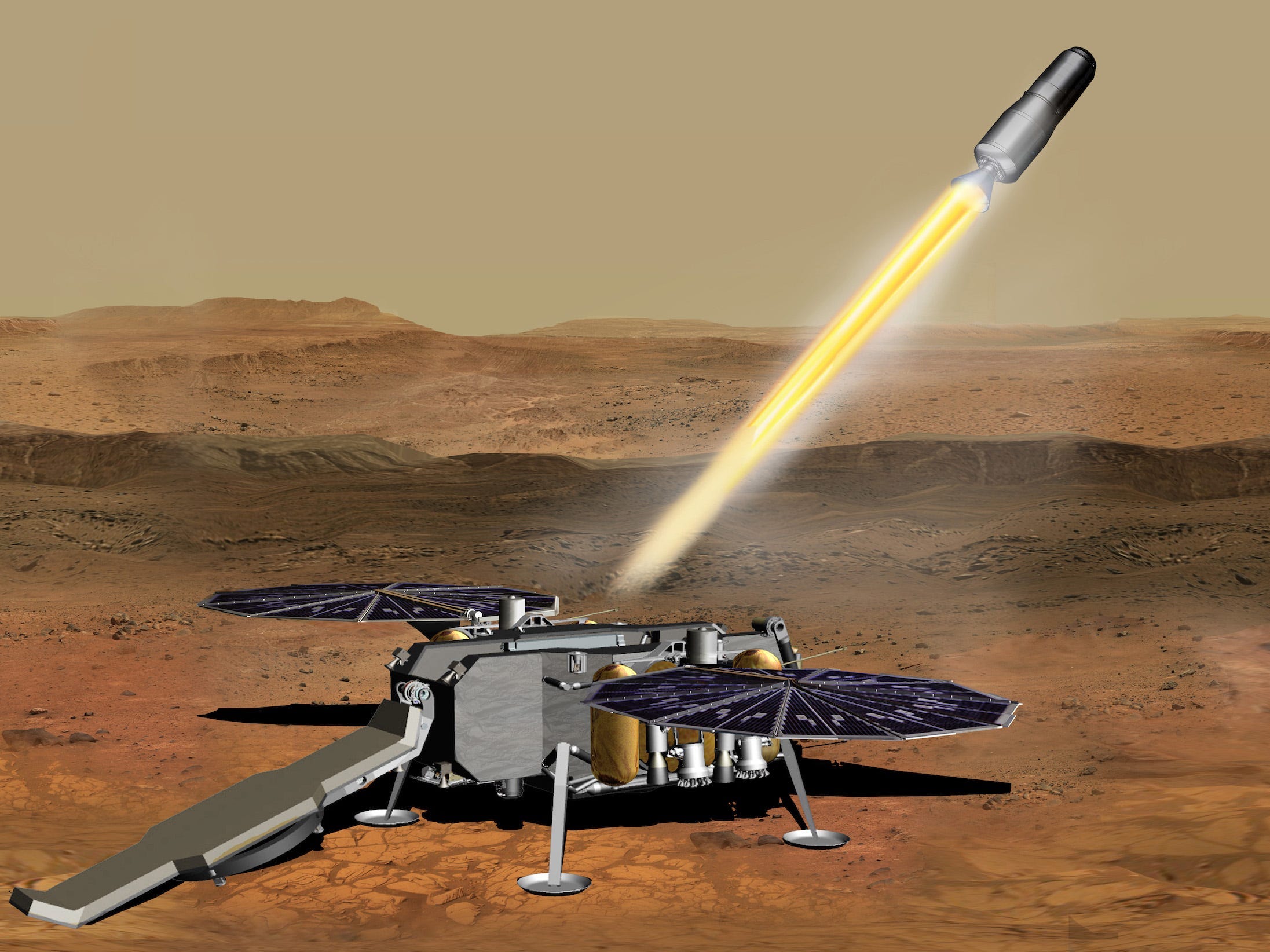
NASA/JPL-Caltech
To get Perseverance's samples to Earth, NASA must launch two rockets carrying two different spacecraft: a lander and an orbiter.
The lander would be the largest ever sent to Mars, and it would have to touch down in Jezero Crater within 100 yards of the spot where Perseverance stashes its samples. The lander would then roll out a ramp to deploy a "fetch rover" that would gather the tubes and load them into a container aboard a small rocket attached to the lander.
Then NASA would attempt a major first: The rocket must launch the sample container into Mars's orbit. Nobody has ever launched anything from the surface of Mars.
Once in orbit, the rocket would release the sample container, putting it on a path that would line up with the orbiter (which would be be the largest spacecraft NASA has ever sent to Mars). Then the orbiter must grab the sample container.
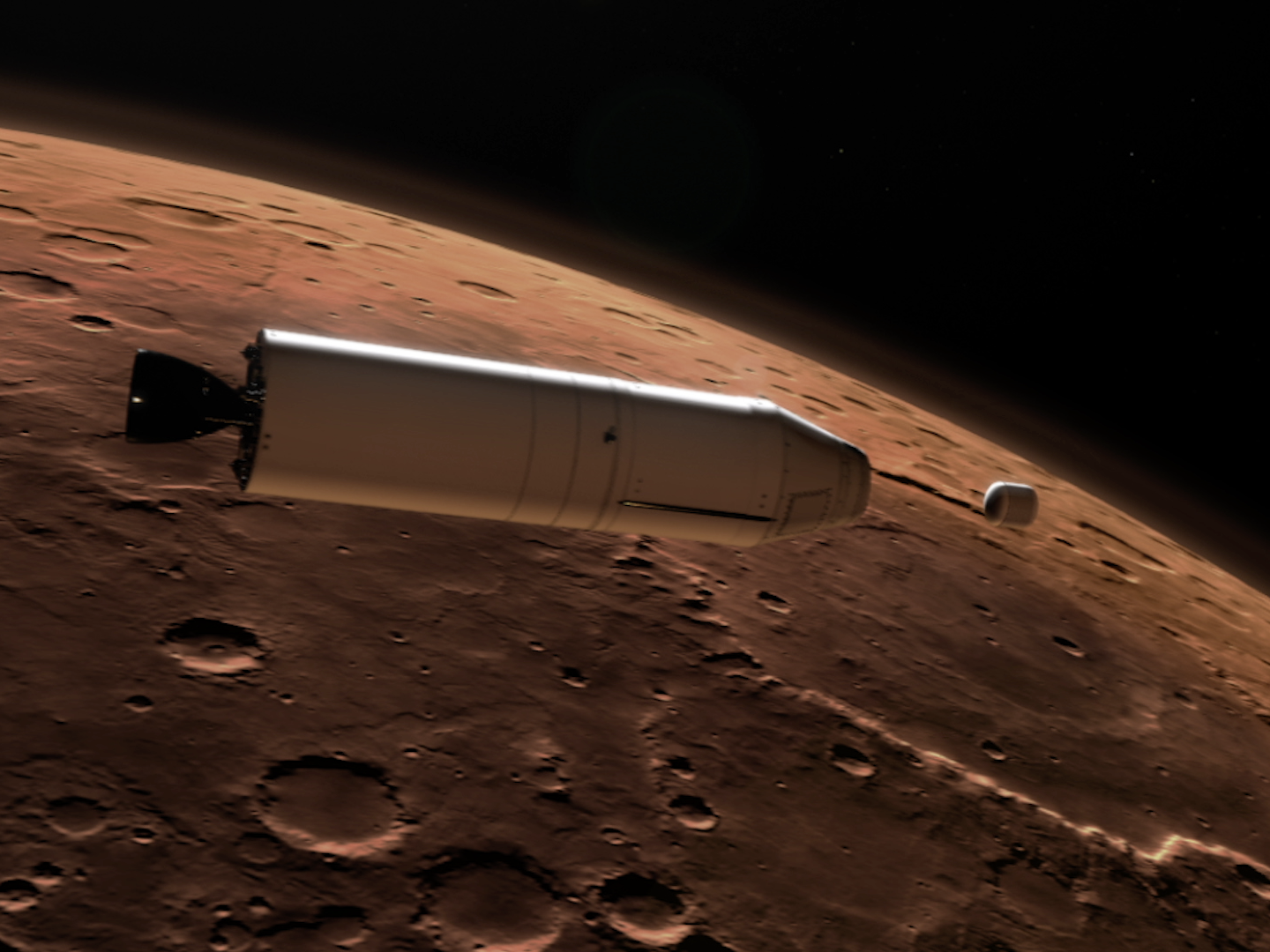
NASA/JPL-Caltech
With the samples in tow, the orbiter would then journey back to Earth and ultimately drop a small vessel containing the samples. That vessel has to protect the Mars rocks as they plummet through the atmosphere, then deploy parachutes to land them safely on the ground.
The mission will be a collaboration with the European Space Agency (ESA), which is responsible for developing the orbiter and fetch rover.
"It's really the most extraordinary, mind-bendingly complicated, and will-be-history-making exploration campaign," David Parker, director of human and robotic exploration at the ESA, said in the February briefing.
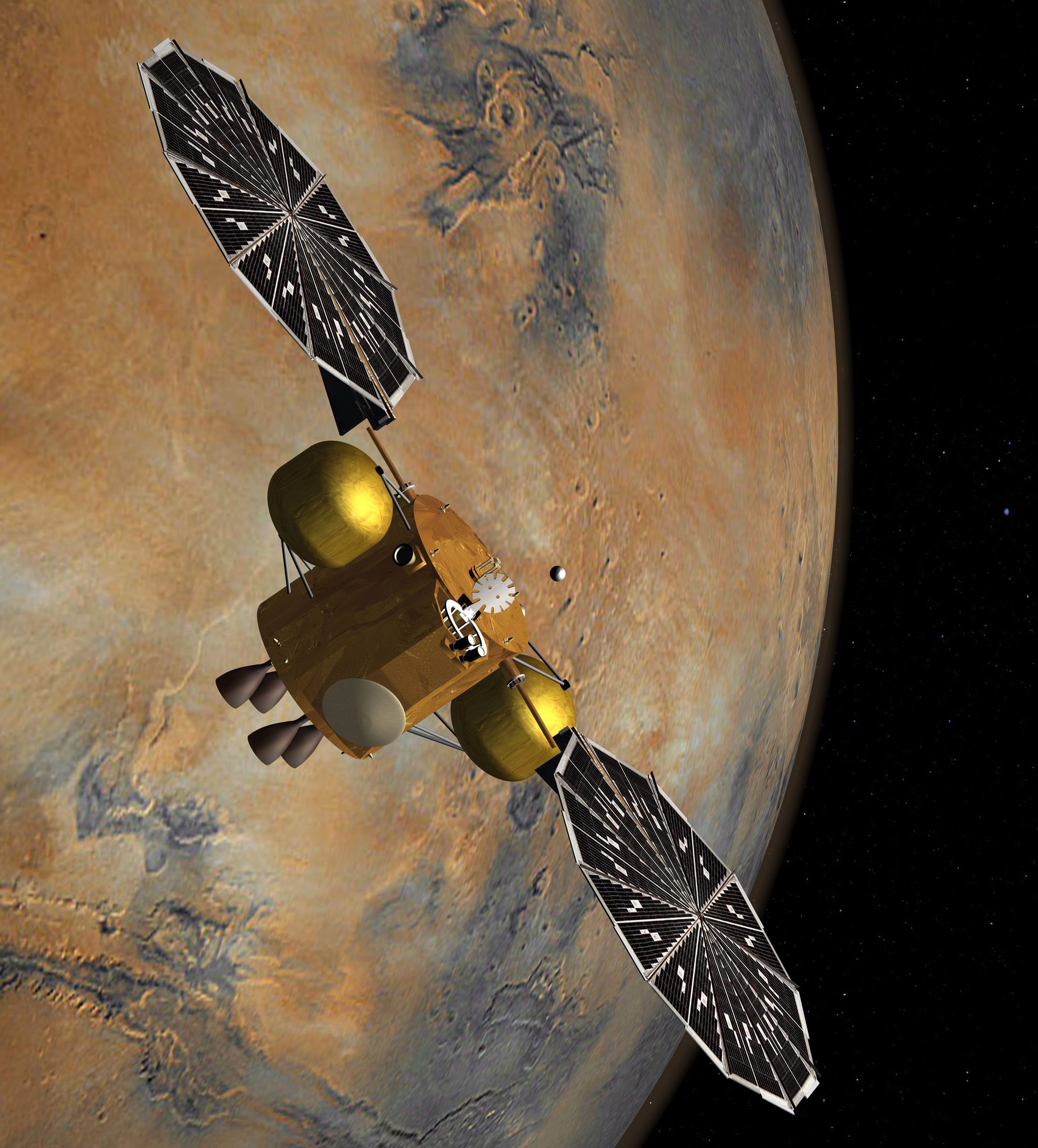
NASA/JPL-Caltech
Last year, though, an independent review board determined that NASA's timeline and budget for the Mars sample return are too optimistic, SpaceNews reported. The board proposed that NASA allot an extra two years - a 2028 launch and 2033 arrival on Earth - and bump the budget up about $1 billion. NASA had estimated a cost of $2.9 to $3.3 billion, according to SpaceNews, but the review board thought $3.8 to $4.4 billion would be more realistic.
None of those funds have been approved yet, since the mission is still in its proposal phase, and since Congress must approve a new budget for NASA each year.
NASA has already invested heavily in the sample-return project
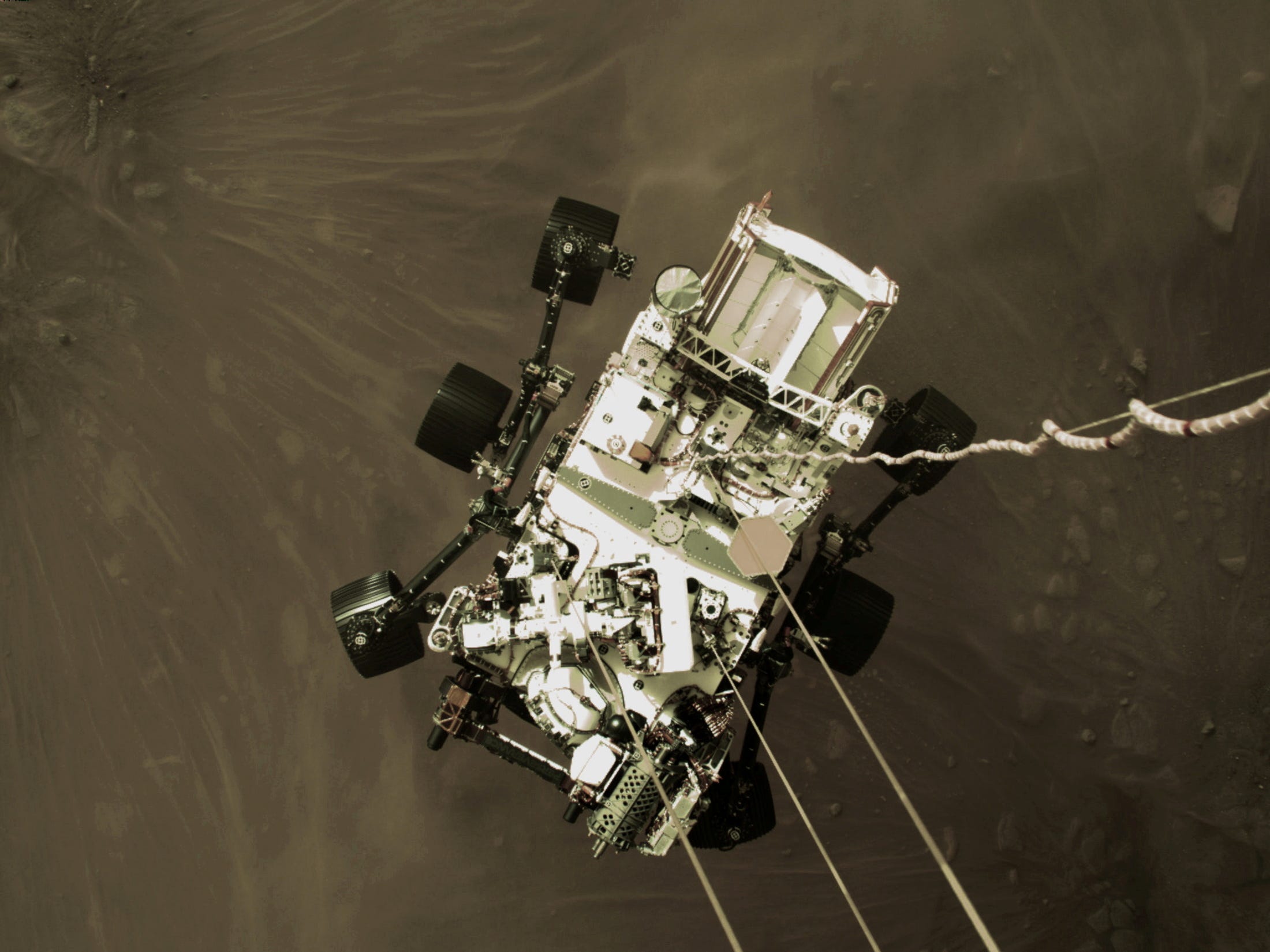
NASA/JPL-Caltech/Handout via Reuters
It took a lot of time, labor, and money to get Perseverance to Jezero Crater.
After NASA built and launched the rover, it spent seven months traveling to Mars. Then the robot spent another six months getting set up and watching its helicopter sibling fly.
When it was finally ready to start collecting samples last month, Perseverance tried to drill a rock core, but it crumbled to dust. So it drove to another location over a few weeks, waited for scientists to choose a rock, then drilled a new sample. It sealed the tube containing that core on Monday.
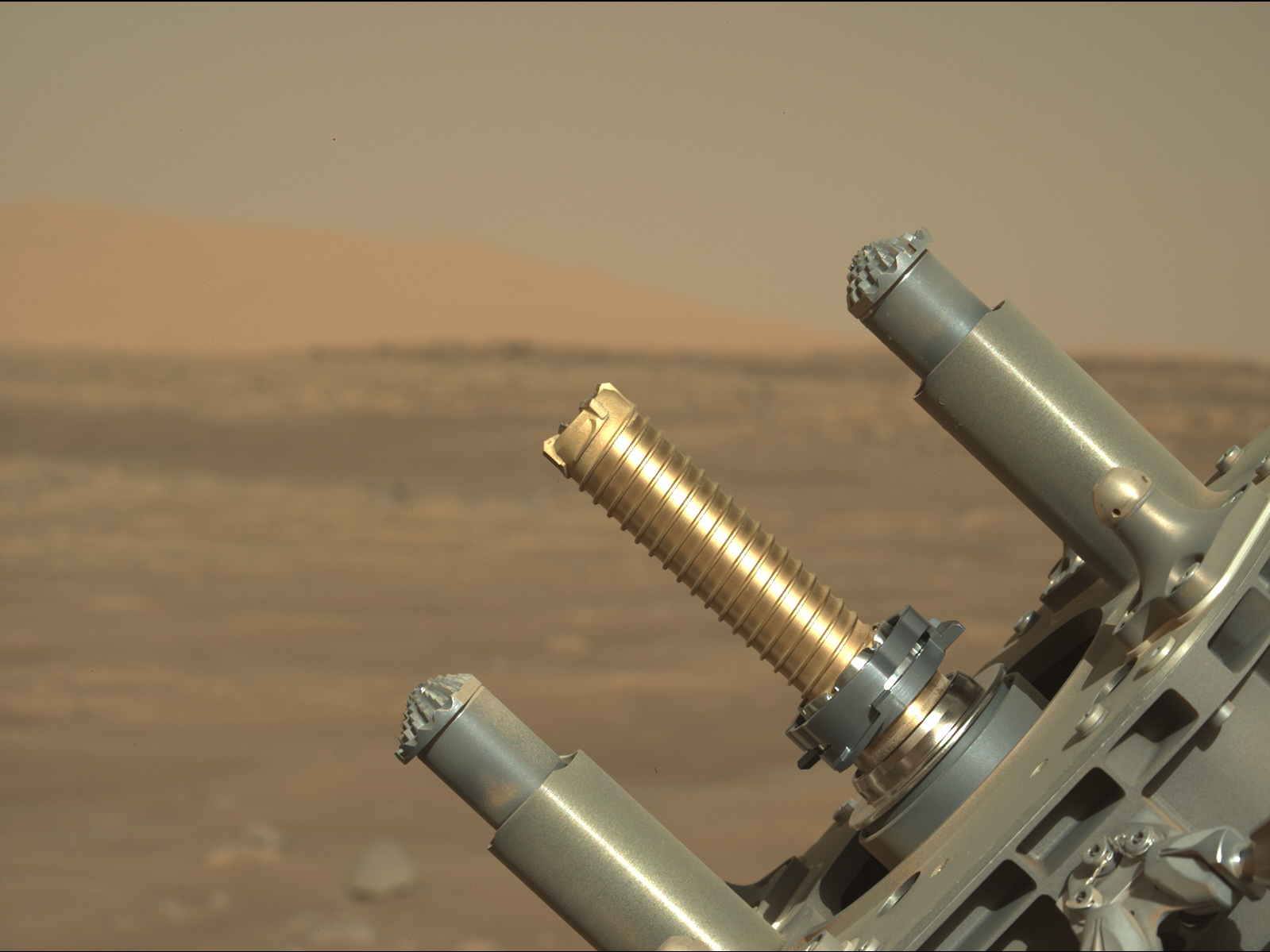
NASA/JPL-Caltech/ASU
Perseverance is carrying 42 more tubes. NASA expects to fill many of them over the next year and a half as the rover explores the crater's ancient river delta. Then, if the robot is still in working order, it might venture up the crater rim and beyond, filling more tubes along the way.
Once Perseverance is spent, it will cache a container full of sample tubes in one of several safe landing spots NASA has identified.
Then those samples will lie in wait until NASA is ready to retrieve them.

